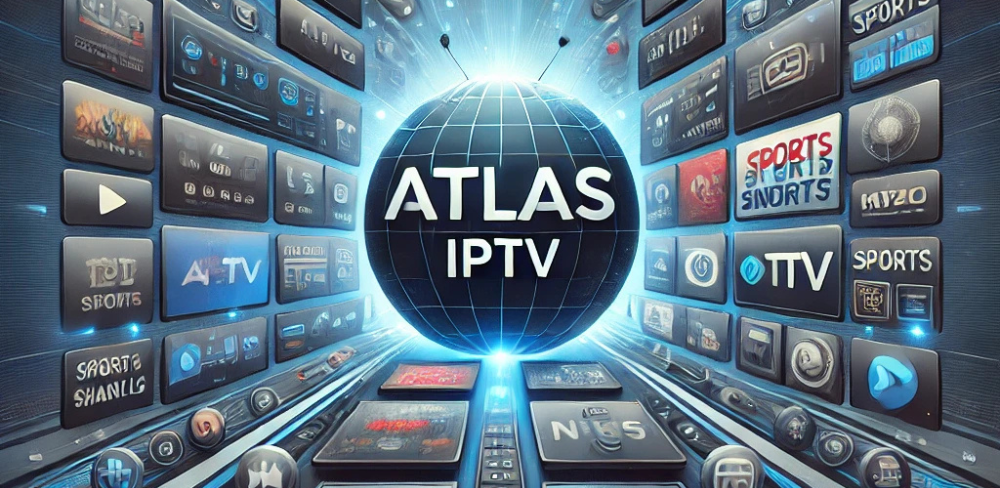The digital age has brought many advancements, but it has also introduced new challenges, one of which is the issue of “t33n leaks 5-17”. This phenomenon involves the unauthorized distribution of private information or content, particularly affecting teenagers. In this article, we will explore the various aspects of “t33n leaks 5-17”, understand its impact, and provide valuable insights and recommendations to navigate this complex issue.
Key Takeaways
- Understanding “t33n leaks 5-17”: What it is and why it matters.
- Implications for Teenagers: How leaks affect privacy and mental health.
- Preventative Measures: Steps to safeguard against leaks.
- Legal Perspectives: Laws and regulations addressing digital privacy.
- Technological Solutions: Tools and strategies to protect personal information.
1. What Are “t33n leaks 5-17”?
The term “t33n leaks 5-17” refers to the unauthorized release of sensitive information or content involving teenagers. These leaks can include personal photos, videos, or data that are shared without consent, often leading to significant privacy breaches and emotional distress.
Key Points
- Definition and Scope: Understanding what constitutes a “t33n leak” and its various forms.
- Common Platforms: Social media sites and messaging apps where these leaks frequently occur.
- Immediate Consequences: Emotional and psychological impact on teenagers whose information is leaked.
2. The Rise of Digital Privacy Concerns
In the era of social media and instant communication, digital privacy has become a paramount concern. Teenagers are particularly vulnerable due to their extensive online presence. Understanding how “t33n leaks 5-17” occur and their consequences is crucial for developing effective preventive measures.
Important Statistics
- Incidence Rates: Data on how common “t33n leaks 5-17” are.
- Affected Demographics: Age groups and genders most impacted by these leaks.
- Types of Leaks: Breakdown of the most common types of information leaked.
3. The Psychological Impact on Teenagers
Leaks of private information can have severe psychological effects on teenagers. The breach of trust and exposure can lead to anxiety, depression, and other mental health issues. It’s essential to recognize these impacts and provide support to affected individuals.
Effects on Mental Health
- Short-term Effects: Immediate feelings of shame, embarrassment, and stress.
- Long-term Consequences: Potential development of anxiety disorders, depression, and trust issues.
- Support Systems: Importance of counseling and peer support.
4. Preventative Measures for Parents and Teens
Parents and teenagers can take several steps to prevent leaks. These include:
- Educating about online privacy: Understanding the importance of keeping personal information secure.
- Using privacy settings: Adjusting social media settings to control who can see posts and personal information.
- Avoiding risky behavior: Being cautious about sharing sensitive content online.
Tips for Prevention
- Strong Passwords: Using complex passwords and changing them regularly.
- Two-Factor Authentication: Adding an extra layer of security.
- Regular Privacy Checks: Reviewing privacy settings periodically.
5. Legal Framework and Protections
Various laws and regulations aim to protect digital privacy, including those specifically targeting the protection of minors. Understanding these laws can help in taking legal action against perpetrators and preventing future leaks.
Key Legal Protections
- COPPA: The Children’s Online Privacy Protection Act and its provisions.
- GDPR: How the General Data Protection Regulation impacts teen privacy.
- State and National Laws: Specific laws that address digital privacy and data protection.
6. Technological Solutions to Combat Leaks
Technology plays a crucial role in preventing and addressing leaks. Tools such as encryption, secure messaging apps, and privacy-focused social media platforms can help protect personal information.
Recommended Tools
- Encryption Software: Protecting data with advanced encryption methods.
- Secure Messaging Apps: Apps like Signal and WhatsApp that offer end-to-end encryption.
- Privacy Extensions: Browser extensions that enhance privacy and security online.
7. Case Studies of “t33n leaks 5-17”
Examining real-life cases of “t33n leaks 5-17” can provide valuable insights into how leaks occur and their consequences. Learning from these cases can help in developing better preventive measures and responses.
Notable Cases
- Case Study 1: A high-profile incident involving leaked photos and its aftermath.
- Case Study 2: A community response to a widespread leak in a high school.
- Lessons Learned: Key takeaways from these cases to apply in prevention strategies.
8. Expert Tips and Recommendations
Experts suggest several strategies to protect against leaks:
- Regularly updating security settings: Keeping software and apps up to date to protect against vulnerabilities.
- Being cautious about online interactions: Only sharing personal information with trusted individuals.
- Using strong, unique passwords: Enhancing security by avoiding easily guessable passwords.
Additional Recommendations
- Digital Literacy Programs: Promoting education on digital safety in schools.
- Parental Controls: Tools and settings that help parents monitor and protect their children’s online activities.
- Support Networks: Establishing peer support groups for teenagers to share experiences and advice.
9. Resources and Support for Affected Teens
Various resources and support networks are available for teenagers affected by leaks. These include counseling services, online support groups, and legal assistance. Providing access to these resources is crucial for helping victims recover and prevent future incidents.
Available Resources
- Hotlines and Counseling: Contact information for organizations that provide immediate help.
- Online Support Groups: Platforms where affected teens can connect and support each other.
- Legal Assistance: Resources for understanding legal rights and taking action.
For more detailed information on related topics, check out these articles:
- Exploring the Features and Benefits of https://www.erome.com/a/8zvhqip0
- Understanding Erome Omegle and Its Impact
FAQs
1. What is “t33n leaks 5-17”? “t33n leaks 5-17” refers to the unauthorized release of sensitive information involving teenagers, such as personal photos or videos shared without consent.
2. How can teenagers protect their digital privacy? Teenagers can protect their digital privacy by using privacy settings on social media, avoiding sharing sensitive content online, and being cautious about who they share information with.
3. What are the psychological effects of leaks on teenagers? Leaks can lead to anxiety, depression, and other mental health issues due to the breach of trust and exposure.
4. Are there legal protections against “t33n leaks 5-17”? Yes, various laws and regulations aim to protect digital privacy and address the unauthorized distribution of sensitive information.
5. What technological tools can help prevent leaks? Encryption, secure messaging apps, and privacy-focused social media platforms can help protect personal information from being leaked.
Conclusion
The issue of “t33n leaks 5-17” is a significant concern in today’s digital age. By understanding its implications, taking preventive measures, and utilizing available resources, we can better protect teenagers from privacy breaches and their adverse effects. Have you experienced or know someone affected by digital privacy issues? Share your thoughts and explore more insights on our blog.
Would you like to explore more about digital privacy? Check out our other blogs and stay informed!




